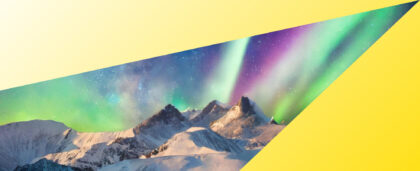Content
- What are the Northern Lights?
- Best places to see the Northern Lights
- When can you see the Northern Lights?
What are the Northern Lights?
The Northern Lights are also known traditionally by the name “aurora borealis,” coined by the astronomer Galileo Galilei in 1623, meaning “light of dawn.” These lights appear during a process where highly charged solar wind particles flow from the sun, colliding with air molecules in the atmosphere to convert energy into light.
This natural phenomenon occurs in both the northern and southern hemispheres, within the polar regions, with each known according to its regional name. The polar regions can produce the Northern and Southern Lights as their magnetic fields create auroral ovals, moving as the Earth rotates.
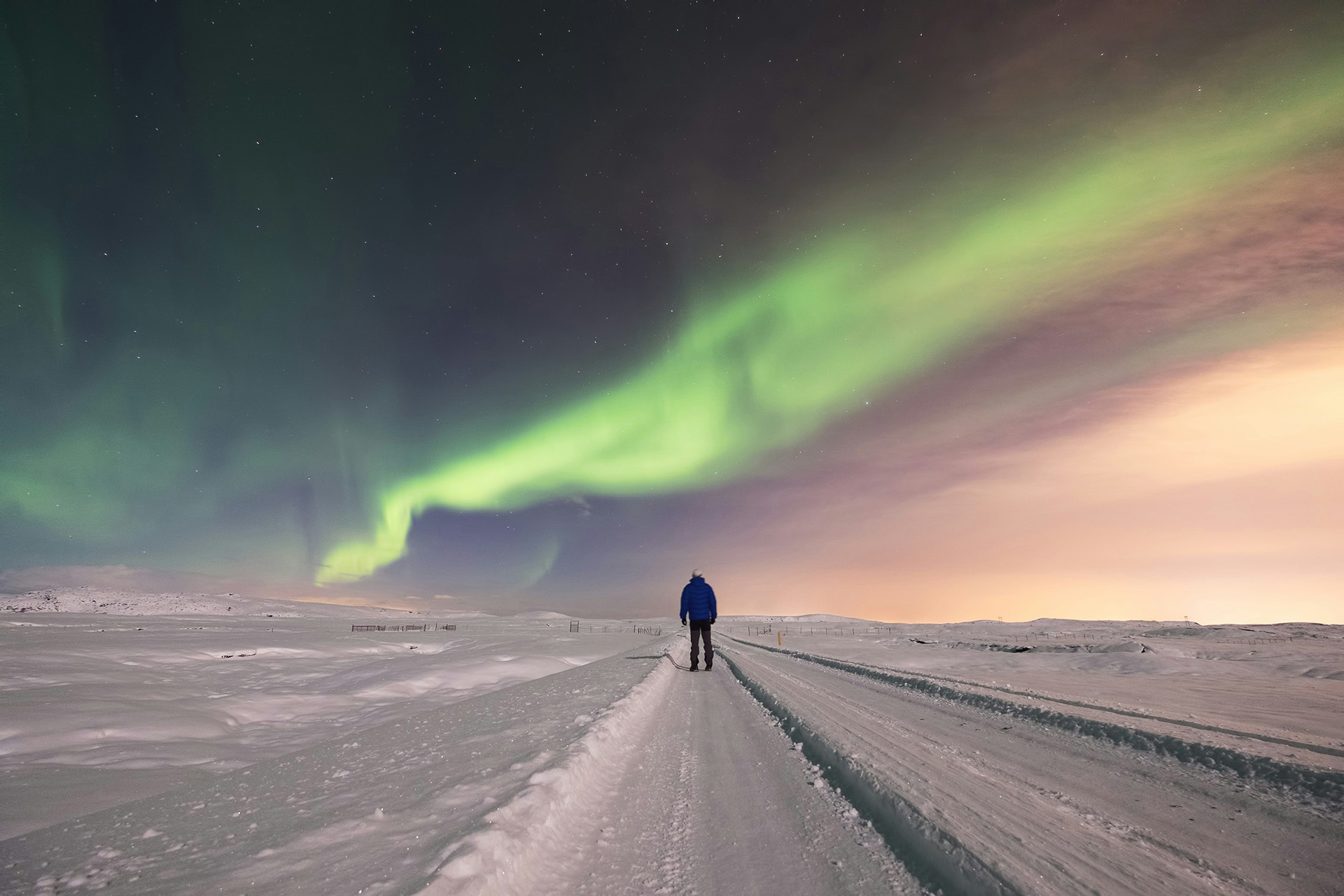
These lights appear during a process where highly charged solar wind particles flow from the sun, colliding with air molecules in the atmosphere to convert energy into light.
Photo by Christian Cueni on Unsplash
Best places to see the Northern Lights
While you may hear of occasional stories of the Northern Lights being seen in countries like Ireland and Scotland, this light show typically occurs in areas located between the 60 and 75 degrees of the Earth’s latitude.
Some countries can see the Northern Lights as often as 300 days a year, such as Sweden and Norway. Below, we’re spotlighting 6 of the best places to see the Northern Lights to recommend to your clients.
1. Canada
Where to stay:
Canada’s northern region is one of the best places for seeing the Northern Lights due to its proximity to the Arctic Circle. You’re more likely to see the aurora borealis during the months of December to March, when Canada sees longer hours of darkness and clearer nights. Alternatively, August to October offers another window of opportunity for travelers with the midnight sun making it a great option for outdoor enthusiasts who also want to explore the region’s national parks.
Jasper National Park, in Canada’s Rocky Mountains within the Alberta region, is one of the world’s largest dark sky preserves, giving stargazers one of the best opportunities to see the Northern Lights with their own eyes. It’s worth noting that sometimes you’ll be able to see them through your phone camera, even if they’re not visible to the naked eye.
Another popular Canadian location is Churchill in Manitoba, which sees 300 days of aurora borealis activity annually. It’s easy to curate this type of vacation around outdoor destinations in British Columbia, Alberta, and Banff.
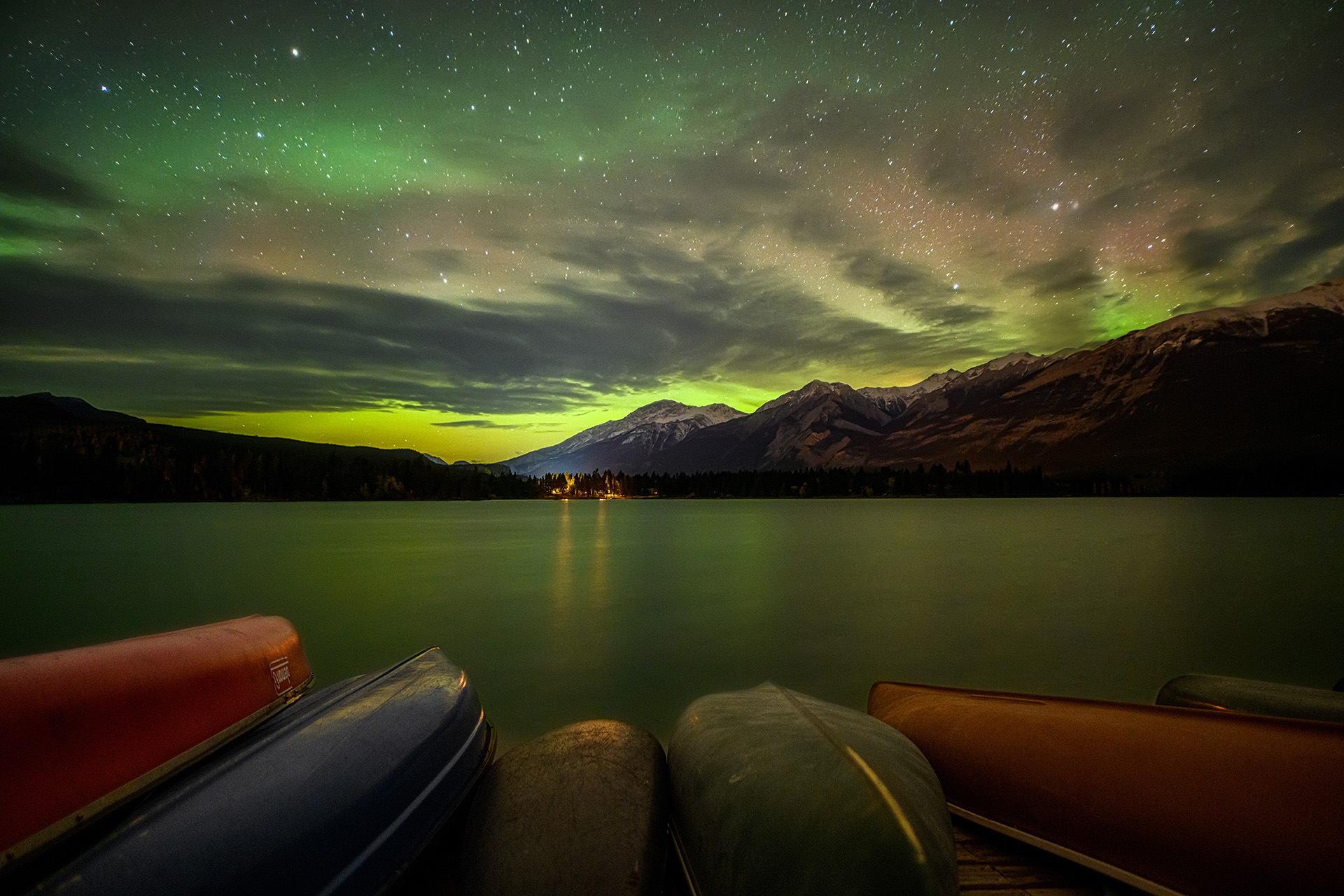
Jasper National Park, in Canada’s Rocky Mountains within the Alberta region, is one of the world’s largest dark sky preserves.
Photo by jarino on Shutterstock
2. Norway
Where to stay:
Just like Canada, your clients will have the best chance of seeing the Northern Lights by going to Northern Norway. Many of the small towns and villages cater to tourists and offer everything from museums to nightlife and culinary scenes. This destination is a great option for tourists who want to immerse themselves in the outdoor lifestyle of Norway, from dog sledding to winter fishing and skiing. Wildlife enthusiasts can even take part in activities like a wildlife safari or go whale spotting.
One of the most unique – and popular options – for tourists is to spend the night in an ice hotel. Tromsø is Norway’s best-known Northern Lights destination, with many airlines offering direct flights to the region. It’s worth considering that Tromsø sees a large influx of tourists during peak seasons, particularly during the winter months. Other options in Norway can be reached by a private transfer or even a boat, such as Alta and Senja.
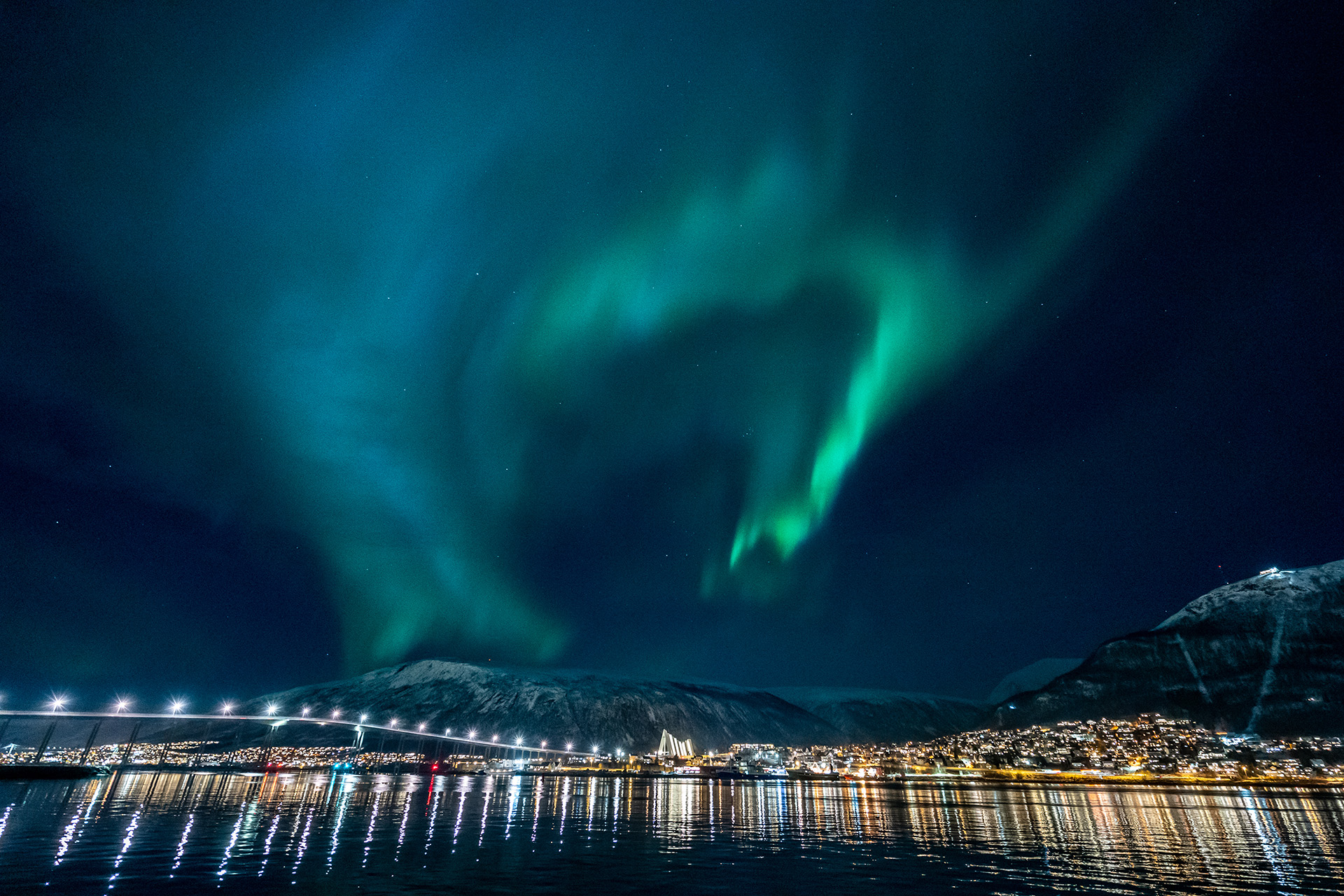
Tromsø is Norway’s best-known Northern Lights destination, with many airlines offering direct flights to the region.
Photo by Sea Candy Media on Shutterstock
3. Sweden
Where to stay:
Abisko in Sweden is one of the most popular spots for seeing the Northern Lights, with Abisko National Park having a reputation for its stunningly clear skies, giving you the best chance of seeing the aurora borealis. Another option in Sweden is Kiruna, the country’s most northern city, which has a population of just over 20,000 people. It’s a great option for clients who want a base for exploring Sweden’s northern region.

Abisko National Park having a reputation for its stunningly clear skies, giving you the best chance of seeing the aurora borealis.
Photo by Conny Sjostrom on Shutterstock
4. Finland
Where to stay:
Although Finland only has 200 nights a year where the Northern Lights can be seen, it’s another great option for clients searching for an alternative winter vacation. While Lapland is known for its Christmas-inspired accommodation and festivities, you can also find plenty of spots for seeing the Northern Lights, especially between September and March. Another northern option is Rovaniemi, located to the north of the Arctic Circle, which offers activities from a snowmobile safari to ice fishing. By comparison, the country’s southern region only sees up to 20 nights of the aurora borealis per year.
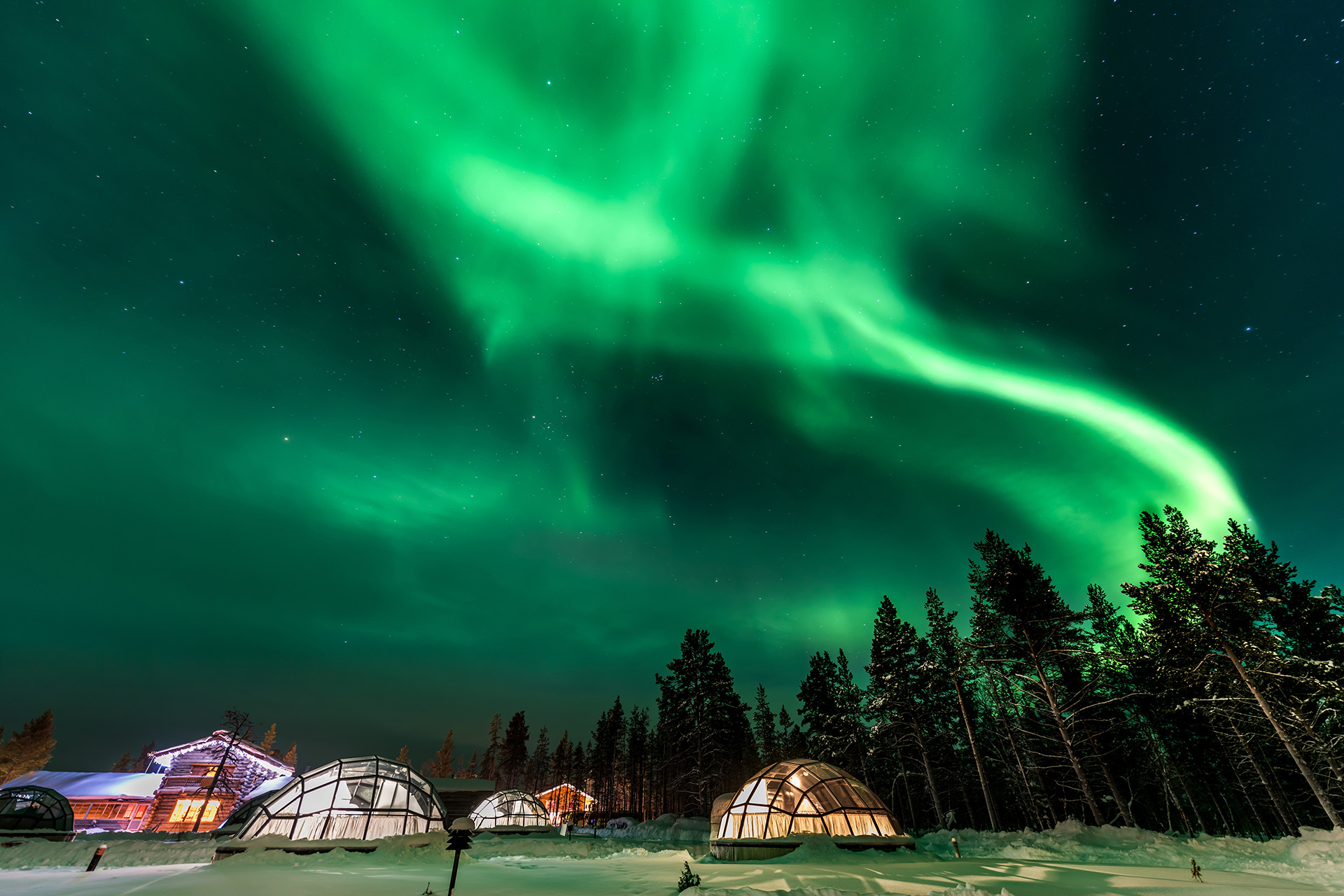
While Lapland is known for its Christmas-inspired accommodation and festivities, you can also find plenty of spots for seeing the Northern Lights, especially between September and March.
Photo by kriskit on Shutterstock
5. Iceland
Where to stay:
Iceland has been steadily moving through the ranks of the top vacation destinations in the world, with its glaciers, waterfalls, and geothermal spas taking over social media. While Reykjavik is where most of your clients will be interested in staying, they’ll need to head out of the city and away from the light pollution to see the Northern Lights. The best options include visiting the Seltjarnarnes Nature Reserve or taking a ferry over to Videy Island.
Alternatively, Laugarvatn is a great option for clients who want to get away from the tourist crowds in Reykjavik, which is also the perfect base for visiting Thingvellir National Park. For clients who want to be able to see the Northern Lights from a thermal pool, Landmannalugar is another hidden gem that’s commonly visited by hiking enthusiasts heading for the Laugavegur Trail.

While Reykjavik is where most of your clients will be interested in staying, they’ll need to head out of the city and away from the light pollution to see the Northern Lights.
Photo by Mihai_Andritoiu on Shutterstock
6. Alaska
Where to stay:
No list of the best places to see the Northern Lights is complete without mentioning Alaska. Fairbanks is often ranked as one of the best destinations due to its proximity to the auroral oval. Unlike other destinations on this list, you don’t have to head to a national park or rural village to see the Northern Lights, as Fairbanks has low levels of light pollution. Late August to late April is considered the optimal time for seeing the aurora borealis, with the darkest skies occurring from November to February, almost guaranteeing an opportunity to see the lights.
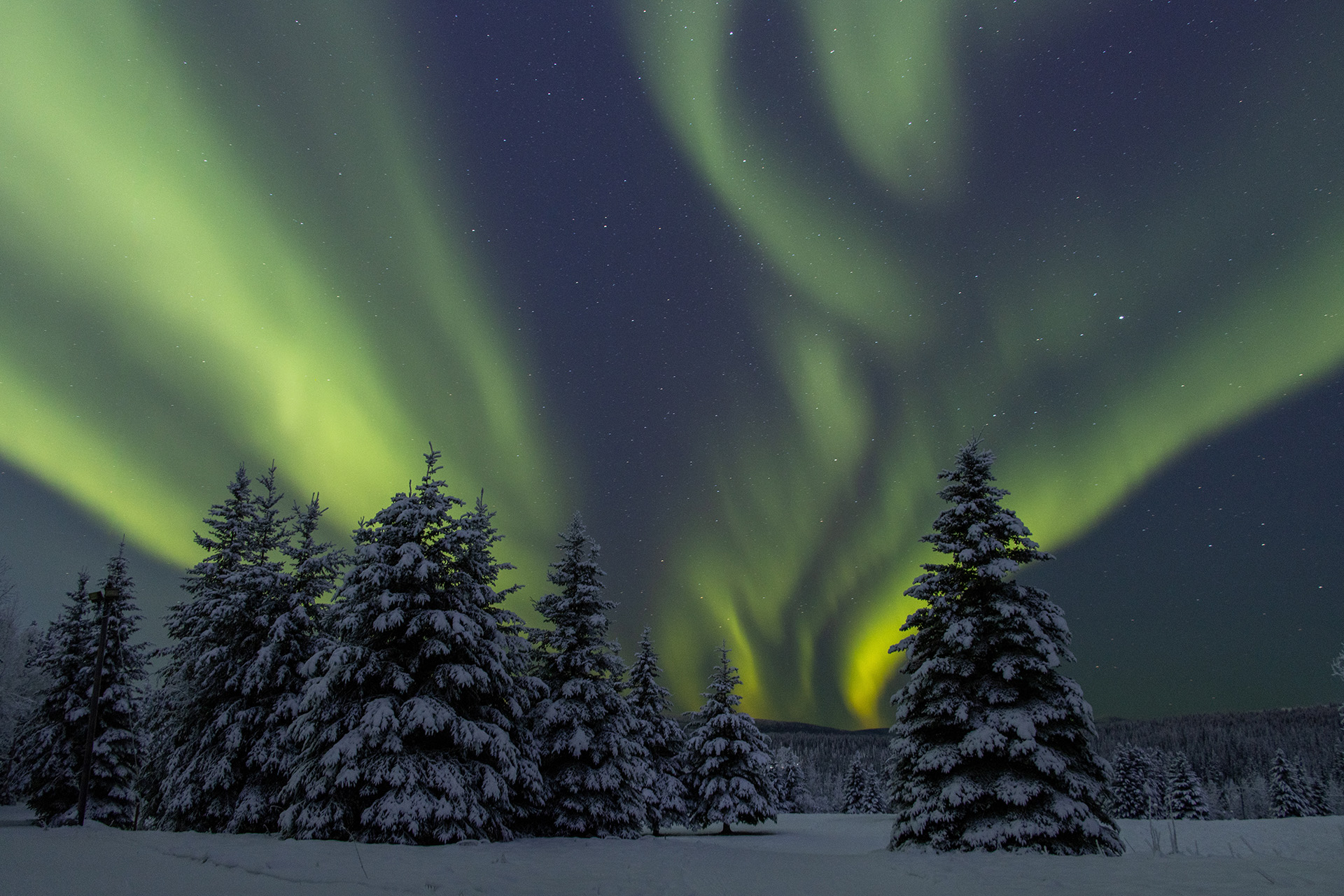
Fairbanks is often ranked as one of the best destinations due to its proximity to the auroral oval.
Photo by Moorephotography_9 on Shutterstock
When can you see the Northern Lights?
While there’s no guarantee that your clients will see them on any specific day, it is easier during the months of the year when the skies are darkest. It’s best to avoid the months of May to July and most of early August, while late August to mid-April will offer the best viewing conditions.
Your clients will also want to consider the general weather conditions they can expect in these colder locations. Early autumn is a great option as it offers milder temperatures, while still being within the window to see the aurora. By comparison, if your clients can acclimatize to the colder temperatures of winter, they’ll be rewarded with more vibrant lights.
RateHawk insight
Always recommend your clients download weather apps to determine their best chance of seeing the lights. The Space Weather Prediction Center is an ideal resource, but it’s important to tell your clients that the Northern Lights can never be guaranteed.
Best time of day to see the Aurora Borealis
The goal when looking to see these lights is to be outside during times when the sky is dark. You’ll not only have a higher chance of seeing the lights, but you’ll get to them at their most vibrant. Most tours focused on seeing the Northern Lights typically happen in the evening to be in the best position by 9 pm.
The optimal window for seeing them ranges from 11 pm to midnight, with the hours after 4 am becoming too bright to clearly see them. The exception to this rule is locations on higher latitudes that experience darkness throughout all hours of the day during the peak winter months.
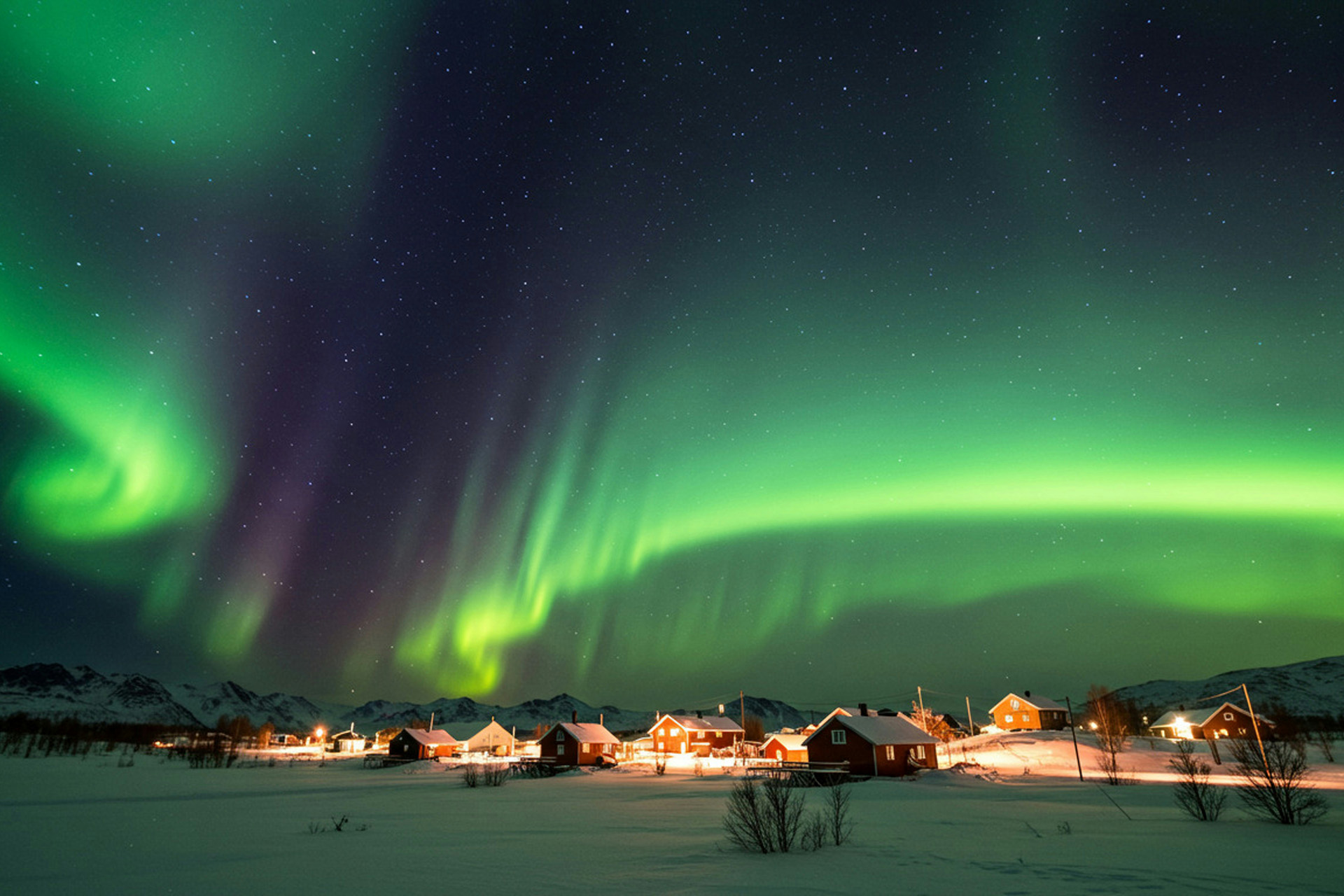
The optimal window for seeing them ranges from 11 pm to midnight, with the hours after 4 am becoming too bright to clearly see them.
Photo by DANTE FABILLAR on Unsplash
Join RateHawk to unlock unforgettable travel packages
Do you want to offer your clients unforgettable travel experiences? RateHawk is the key to curating a travel package that suits any budget and travel goals. Unlock the potential of your travel agency by registering for RateHawk today and get instant access to over 2.9 million accommodation options worldwide and 330+ suppliers for air tickets, transfers, car rentals, and other travel services.
Cover image: Photo by Mark Balkens-Knurre on Unsplash

